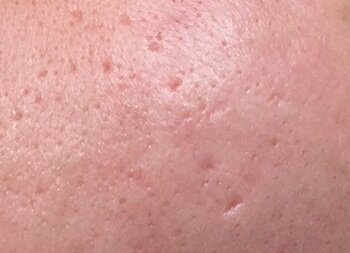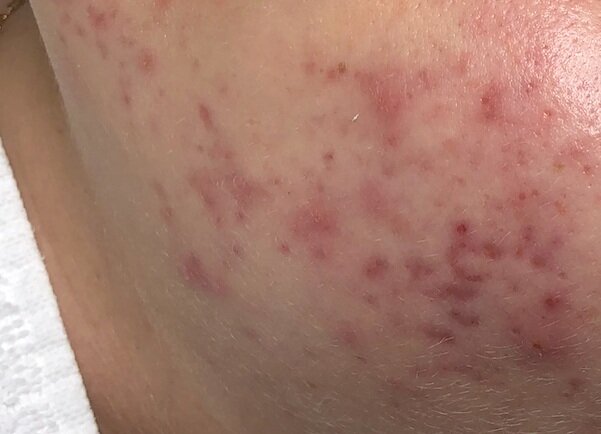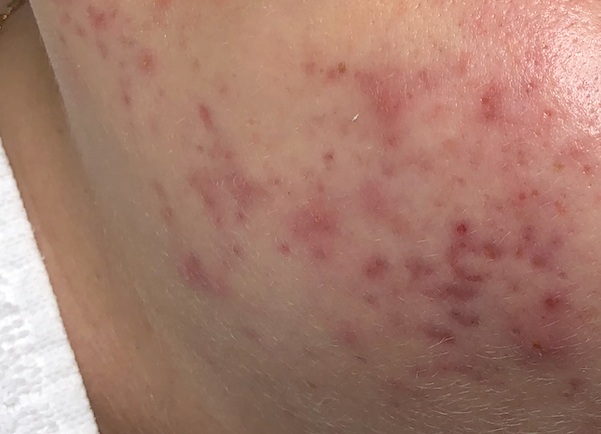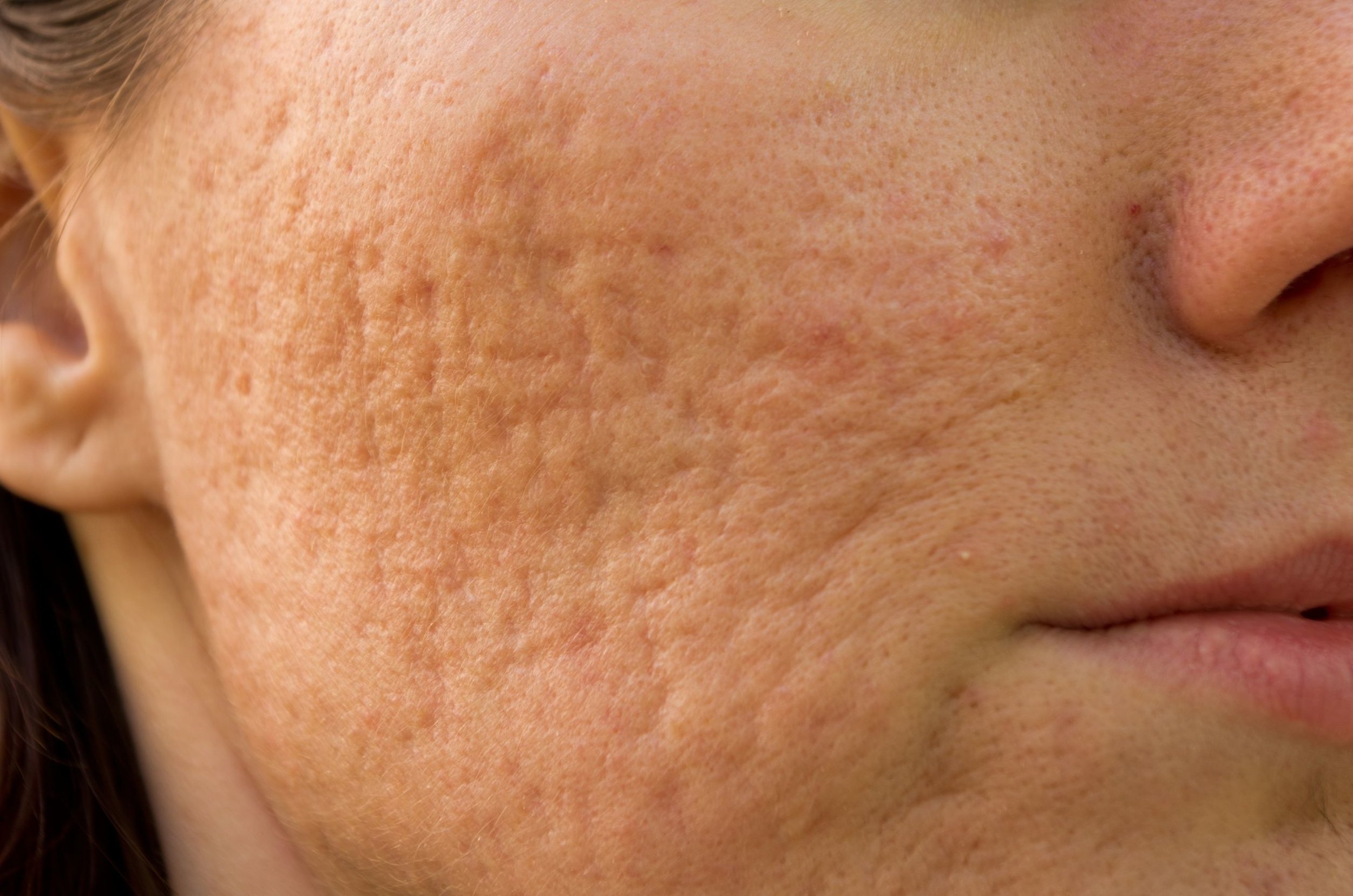Acne Scars and Dark Marks are Two Different Things
/It’s amazing how many people mistakenly confuse the dark marks leftover from acne (post-inflammatory hyperpigmentation) with acne scars. I have clients walk through my doors that have done HUNDREDS of hours of research on acne and yet it seems the more information they have consumed, the less informed they are. Acne scars and dark marks are important to understand and be able to distinguish because if you suffer from acne, chances are you will experience one or both of these at some point on your acne journey. Understanding them can also help you take the necessary actions to prevent them in the first place.
How to tell the difference
Acne scars are textural changes in the skin that can be either indented or raised. Post-Inflammatory Hyperpigmentation looks like discoloration that may be red, brown, purple, or white but these marks are flat rather than textured. Scars and pigmentation may also appear together in the same area especially in cases of picking.
The causes
Acne scars and dark marks both occur in response to inflamed acne and picking but they are caused by two different mechanisms. Dark marks occur when inflammation triggers an increase in melanin which are pigment producing cells. Scars on the other hand occur when inflammation essentially eats away at the skin’s tissues causing the tissue to atrophy or overgrow.
Are they treatable?
Dark marks leftover from acne are usually treatable but , unfortunately, it’s nearly impossible to completely eliminate acne scars. There are treatments that can improve their appearance but it’s incredibly difficult to restore skin back to its natural state once the tissue has been damaged. Check out our post on dark marks for more information on how to treat them.










